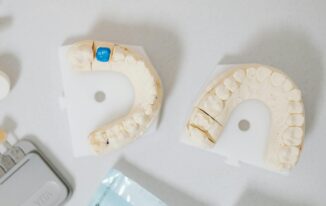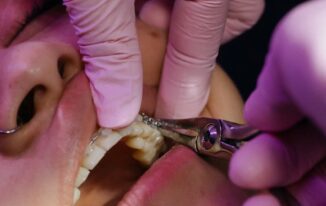Mobility aids are essential tools for enhancing independence and safety, especially for older adults or individuals with physical limitations. While these devices can greatly reduce the risk of falls, improper use can sometimes negate their benefits. By following best practices, caregivers and users can ensure that mobility aids provide maximum support and promote confidence in daily activities.
Understanding the Importance of Fall Prevention
Falls are one of the leading causes of injury among the elderly, often resulting in reduced mobility, loss of independence, or longer recovery times. Mobility aids, such as walking frames, canes, and wheelchairs, are designed to provide stability and reduce the risk of accidents. However, the key to their effectiveness lies in choosing the right device and using it correctly.
Choosing the Right Mobility Aid
The first step in fall prevention is selecting a mobility aid tailored to the individual’s specific needs. Factors to consider include mobility level, balance issues, and the type of activities the user engages in daily. For example:
-
Walking Frames or Rollators: Ideal for individuals who require additional balance and support for walking.
-
Canes: Suitable for those needing minimal assistance but extra stability.
-
Wheelchairs or Powered Scooters: Designed for those with limited mobility or strength.
-
Specialised Aids: Equipment like a mobile shower commode provides both mobility and safety in wet environments, reducing the risk of slips in the bathroom—a high-risk area for falls.
Consulting a healthcare professional can help determine the most appropriate aid based on the user’s needs.
Best Practices for Safe Use
1. Ensure Proper Fit and Adjustment
A mobility aid that is improperly adjusted can cause discomfort and increase the risk of falls. Ensure that the device is set to the correct height and fits the user’s size. For instance, when using a walker or cane, the user’s elbows should be slightly bent, and the handles should align with the wrists when standing upright.
2. Maintain the Equipment Regularly
Regular maintenance is crucial for ensuring the safety and longevity of mobility aids. Check for loose screws, worn-out grips, or unstable wheels. For devices like wheelchairs or shower commodes, ensure the brakes and locking mechanisms function properly to prevent accidental movement.
3. Train for Proper Usage
Using a mobility aid incorrectly can lead to additional strain or accidents. Caregivers or healthcare professionals should provide training on proper techniques, such as how to navigate stairs, uneven surfaces, or confined spaces.
4. Create a Safe Environment
Mobility aids are most effective in environments free of obstacles and hazards. Ensure that walkways are clear of clutter, install grab bars in bathrooms, and use non-slip mats to reduce risks further.
5. Monitor Strength and Balance
Over time, the user’s physical condition may change, affecting their ability to use the mobility aid effectively. Regular assessments with a healthcare provider can ensure the aid remains suitable and recommend adjustments or upgrades if needed.
Fall Prevention in High-Risk Areas
Certain areas, like bathrooms, pose a higher risk of falls due to wet and slippery surfaces. For these environments, specialised equipment can enhance safety and provide additional support. These devices allow users to shower comfortably and move with ease, reducing the need to stand on unstable or slippery surfaces.
Empowering Independence Through Proper Use
Mobility aids are not just tools for preventing falls; they empower users to regain confidence and maintain independence in daily life. By following best practices, users can enjoy greater freedom while reducing their risk of injury.
A Safe and Supportive Environment
The proper use of mobility aids plays a critical role in fall prevention and enhancing the quality of life for individuals with limited mobility. By selecting the right device, ensuring proper usage, and addressing environmental hazards, caregivers and users can work together to create a safe and supportive environment.




